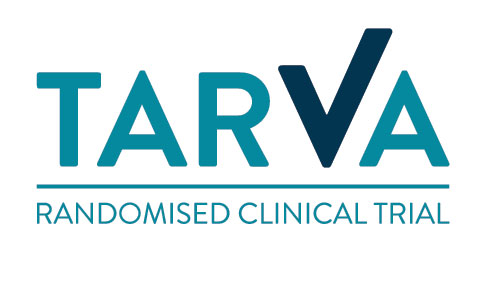The UK National Health Service (NHS) has adopted a philosophy of “no decision about me, without me,” moving away from a paternalistic model of decision-making towards a shared decision-making (SDM) process between the patient and the clinician. This ideal is the foundation of high-quality healthcare and is especially important in the context of long-term conditions and chronic illness, such as osteoarthritis.
The patient and doctor interactions are underpinned by three main decision-making models, these being paternalistic, informed and shared.
The paternalistic model assumes that the doctor knows best. It is characterised by the passive compliance of the patient to the authority of the surgeon, who is the custodian of the patient’s best interest. As a result, decisions may not take account of a patient’s values and preferences, as long as the patient is perceived to benefit. This approach is less desirable in the setting of elective surgery, but still has its applications in trauma and life-threatening situations, where patients may present acutely with altered conscious or mental state.
At the other end of the spectrum is the informed model, where all decisions are made by the patient. The role of the doctor is to deliver to the patient information on all relevant treatment options including their benefits and risks. Communication in this model is largely one way.
Shared Decision Making is a two-way interaction where the doctor and the patient share all stages of the decision-making process simultaneously and reach a decision together. This is the ideal held by the NHS and affords many advantages in the orthopaedic setting. SDM increases the patient’s knowledge and understanding, and creates more accurate expectations. It allows for better tailoring of treatment to the patient’s values and has been shown to result in higher satisfaction.
Decision-making has been examined in orthopaedic surgery mainly in the context of hip and knee joint replacement. The majority of the work has centred on the decision of whether to undergo surgery or not. Our aim was to address a different question namely as to how patients that have decided to undergo surgery decide between different treatment options. The model we have used pertains to patients with end-stage ankle osteoarthritis.
Osteoarthritis of the ankle is a major cause of disability with an impact on quality of life similar to end-stage heart failure and hip arthritis. Its demand incidence in the UK has recently been estimated to be 47.7/100,00. The majority of cases are secondary to trauma or other diseases such as inflammatory arthritis.10 We believe that ankle osteoarthritis is a good model to study because there are two accepted surgical treatments, ankle fusion and total ankle replacement (TAR). Both have been shown to be valid and cost-effective treatments with a degree of clinical equipoise between them. Click to read the full article.
